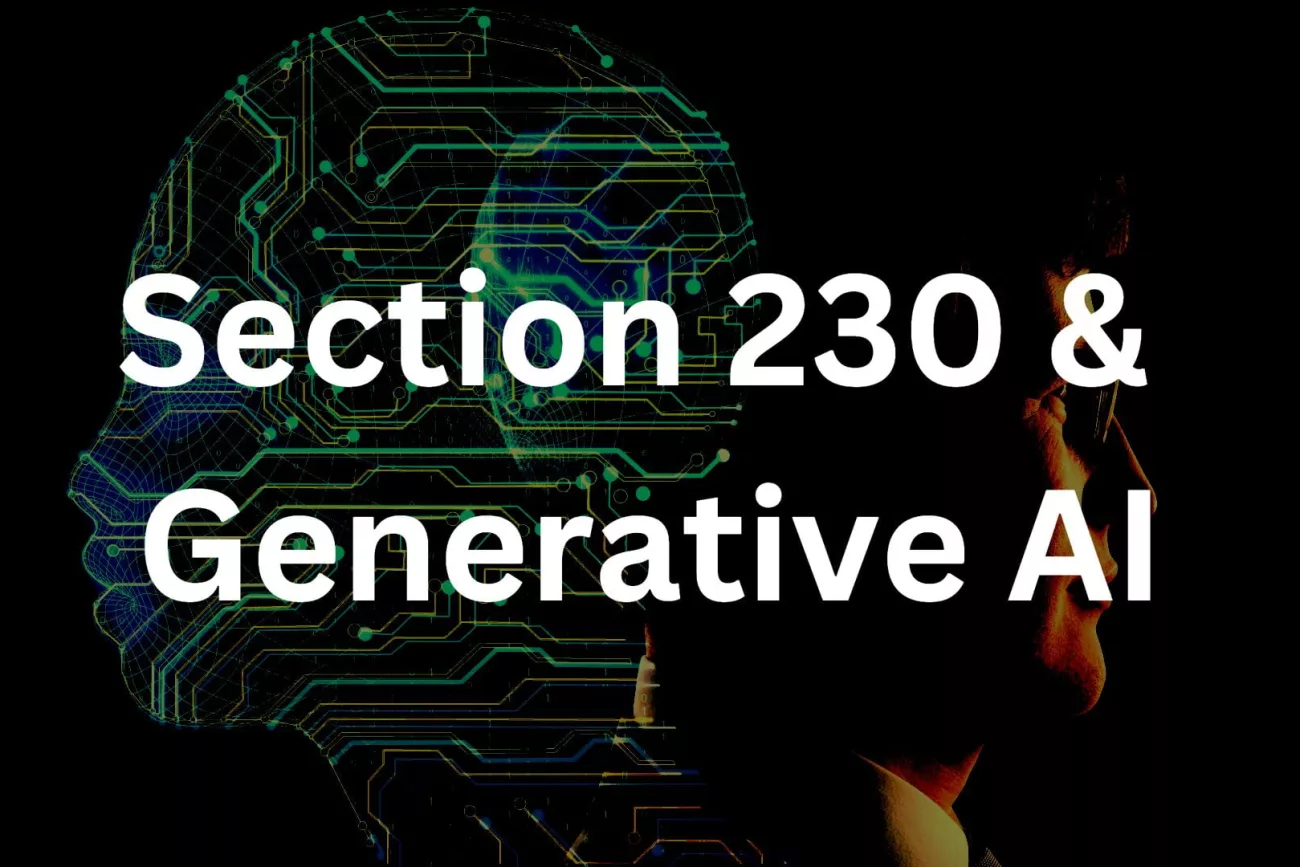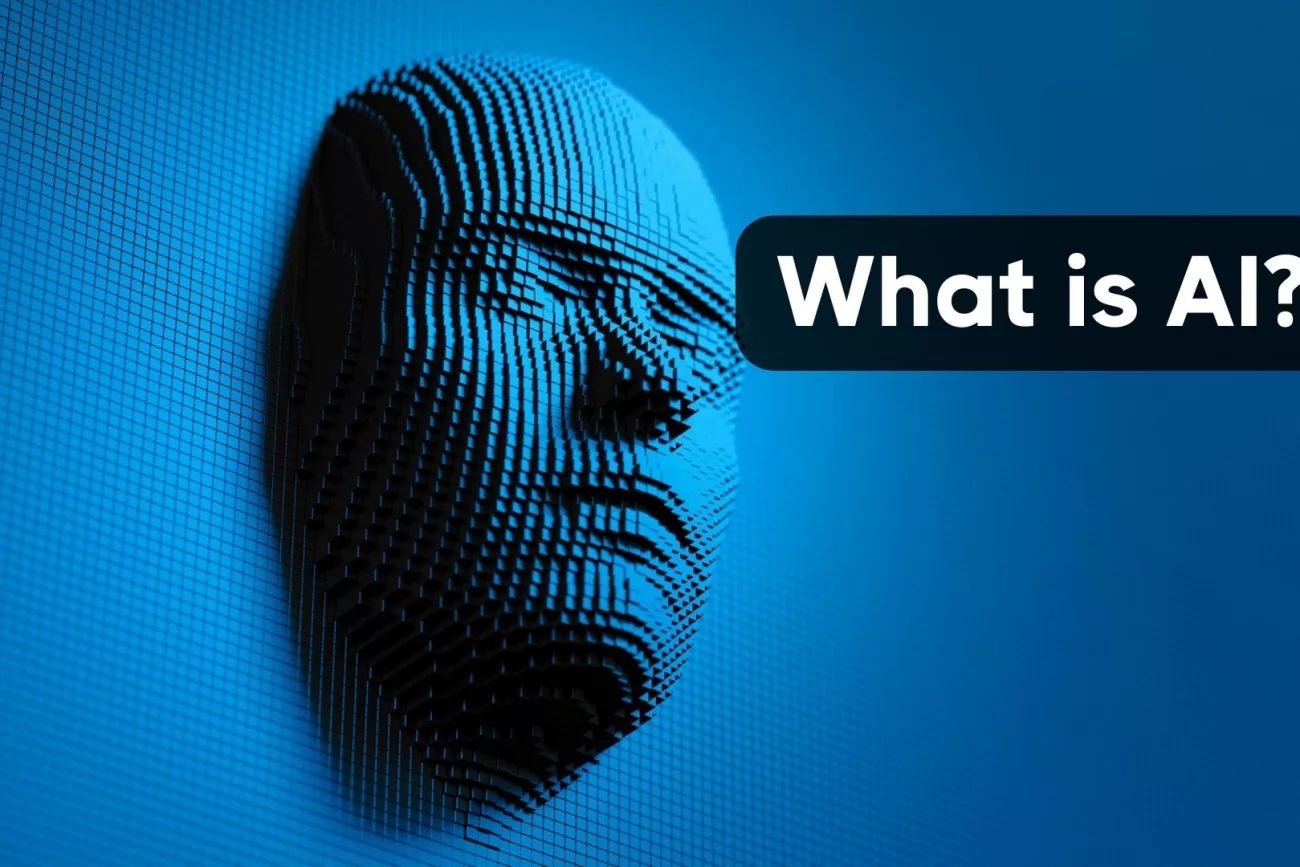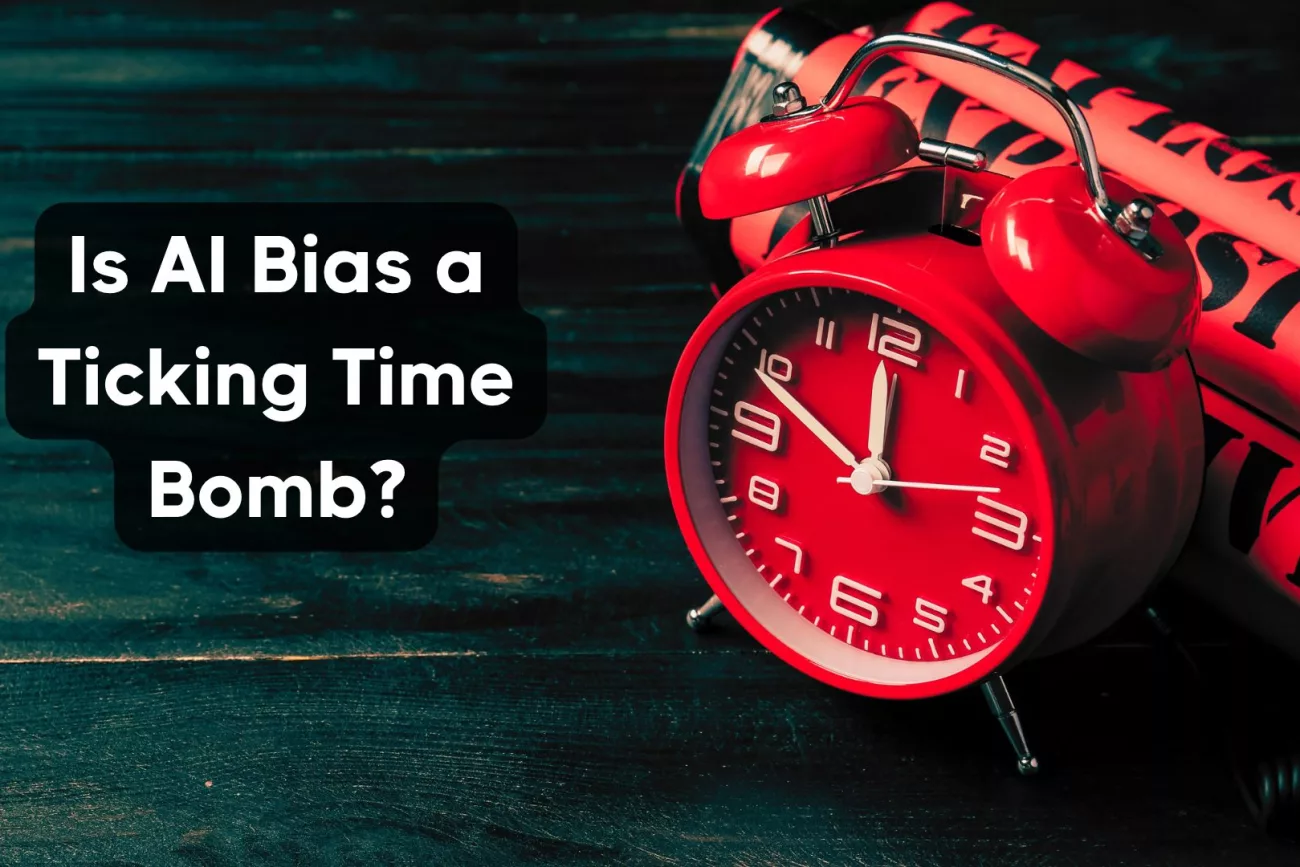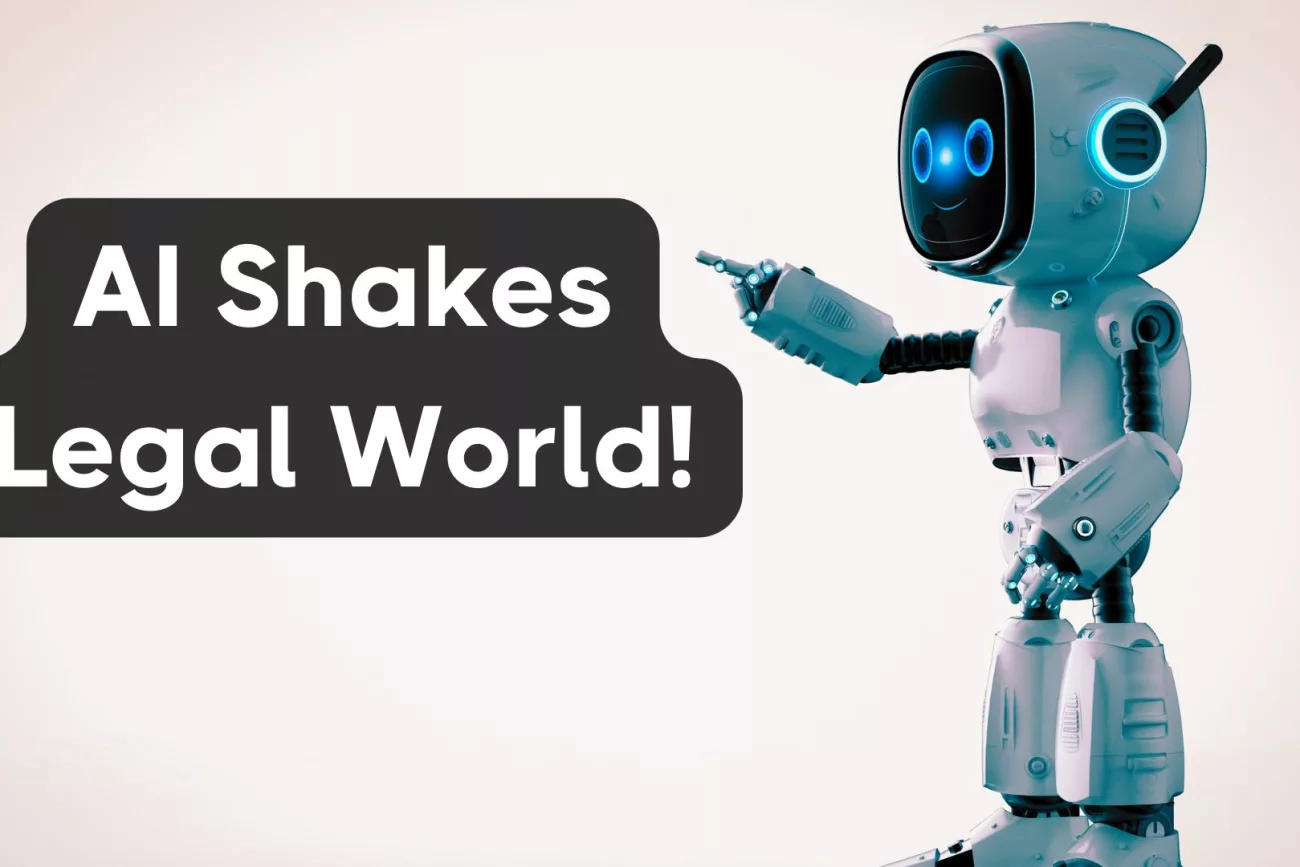
As the realm of artificial intelligence (AI) continues to grow, new questions arise regarding the legal frameworks and policies that govern its applications. One area of particular interest is the relationship between Section 230 of the Communications Decency Act (CDA) and generative AI. In this article, we explore the implications of Section 230 on generative AI, delving into the nuances of this critical legislation and examining the potential consequences for AI developers, platforms, and users.
The Foundations of Section 230 and Its Influence on the Digital Landscape
Section 230 of the CDA, enacted in 1996, is a cornerstone of internet law in the United States. The legislation provides crucial liability protections for online platforms, ensuring that they are not held responsible for the content posted by their users. By doing so, Section 230 fosters a thriving digital ecosystem, empowering a diverse range of voices and fostering innovation.
Key Provisions of Section 230
Section 230 comprises two primary provisions that together establish the framework for liability protection:
- Section 230(c)(1): This section states that “No provider or user of an interactive computer service shall be treated as the publisher or speaker of any information provided by another information content provider.”
- Section 230(c)(2): This section provides protection for platforms that engage in “good faith” efforts to remove or restrict access to content that they consider “obscene, lewd, lascivious, filthy, excessively violent, harassing, or otherwise objectionable.”
These provisions effectively shield online platforms from legal liability for user-generated content while also encouraging proactive content moderation.
Generative AI: A New Frontier for Section 230
Generative AI, which includes technologies such as GPT-3 and other advanced language models, has the potential to revolutionize content creation. However, the rise of these AI technologies has raised concerns about their relationship with Section 230, as generative AI can produce content that may be offensive, misleading, or otherwise objectionable.
The AI Developer’s Dilemma: Liability and Responsibility
As generative AI systems become more sophisticated, determining the line between user-generated content and AI-generated content becomes increasingly blurred. This raises questions about the extent to which AI developers and platforms should be held liable for content generated by their AI systems.
Scenario 1: AI Developers as Information Content Providers
One potential approach to resolving this dilemma is to classify AI developers as “information content providers” under Section 230. This classification would impose liability on AI developers for content generated by their systems, thereby compelling them to exercise greater caution in designing and deploying AI technologies.
Scenario 2: AI-generated Content as User-generated Content
An alternative approach is to treat AI-generated content as user-generated content, thereby maintaining the liability protections granted under Section 230. This approach acknowledges the role of AI as a tool utilized by users, with the ultimate responsibility for content generation resting on the individual user.
Balancing Innovation and Accountability
As policymakers and legal experts grapple with these questions, striking a balance between fostering innovation and ensuring accountability is paramount. The development of clear guidelines and regulations for generative AI can help navigate the complexities of liability, protecting the interests of AI developers, platforms, and users alike.
A Look Ahead: The Future of Section 230 and Generative AI
The ongoing debate surrounding Section 230 and generative AI underscores the need for a nuanced understanding of the evolving digital landscape. As AI technologies
continue to advance, it is crucial for legal frameworks and policies to keep pace, addressing the unique challenges posed by generative AI.
Adapting Section 230 for the Age of AI
As we look to the future, it is essential to consider potential amendments to Section 230 that account for the growing influence of generative AI. Such revisions could clarify the extent of liability protections for AI developers and platforms while ensuring that appropriate safeguards are in place to address concerns related to AI-generated content.
Possible Reforms
- Expanding the definition of “information content provider”: By broadening the definition to include AI developers or AI systems themselves, this would allow for a more comprehensive approach to liability in the context of generative AI.
- Introducing AI-specific provisions: Crafting legislation tailored to the unique challenges posed by AI-generated content could help to establish clear guidelines and expectations for both AI developers and users.
Promoting Transparency and Ethical AI Development
As the conversation around Section 230 and generative AI continues to unfold, it is crucial to emphasize the importance of transparency and ethical AI development. Encouraging responsible innovation can help to mitigate potential risks associated with AI-generated content, fostering a safer and more inclusive digital ecosystem.
Best Practices for AI Developers and Platforms
- Implementing robust content moderation policies: By developing comprehensive moderation guidelines, platforms can more effectively address concerns related to AI-generated content.
- Promoting AI transparency: Ensuring that users are aware when they are interacting with AI-generated content can help to minimize confusion and promote informed decision-making.
- Fostering collaboration between stakeholders: Engaging in open dialogue with policymakers, legal experts, and users can help AI developers and platforms to better understand the implications of generative AI and adapt accordingly.
Conclusion
The intersection of Section 230 and generative AI presents a complex and rapidly evolving area of inquiry, with far-reaching implications for the future of the digital landscape. As we strive to navigate these uncharted waters, fostering a robust and informed dialogue among stakeholders is essential in order to strike a balance between promoting innovation and ensuring accountability.
Frequently Asked Questions (FAQs)
Q. What is Section 230 of the Communications Decency Act?
Q. How does generative AI challenge the current understanding of Section 230?
Q. What are the possible scenarios for addressing liability in the context of generative AI?
- Classifying AI developers as “information content providers” under Section 230, which would impose liability on AI developers for content generated by their systems.
- Treating AI-generated content as user-generated content, maintaining the liability protections granted under Section 230 and placing the responsibility for content generation on individual users.
Q. How can Section 230 be adapted for the age of AI?
Q. What are some best practices for AI developers and platforms to promote transparency and ethical AI development?
- Implementing robust content moderation policies to effectively address concerns related to AI-generated content.
- Promoting AI transparency by ensuring users are aware when they are interacting with AI-generated content.
- Fostering collaboration between stakeholders, including policymakers, legal experts, and users, to better understand the implications of generative AI and adapt accordingly.














